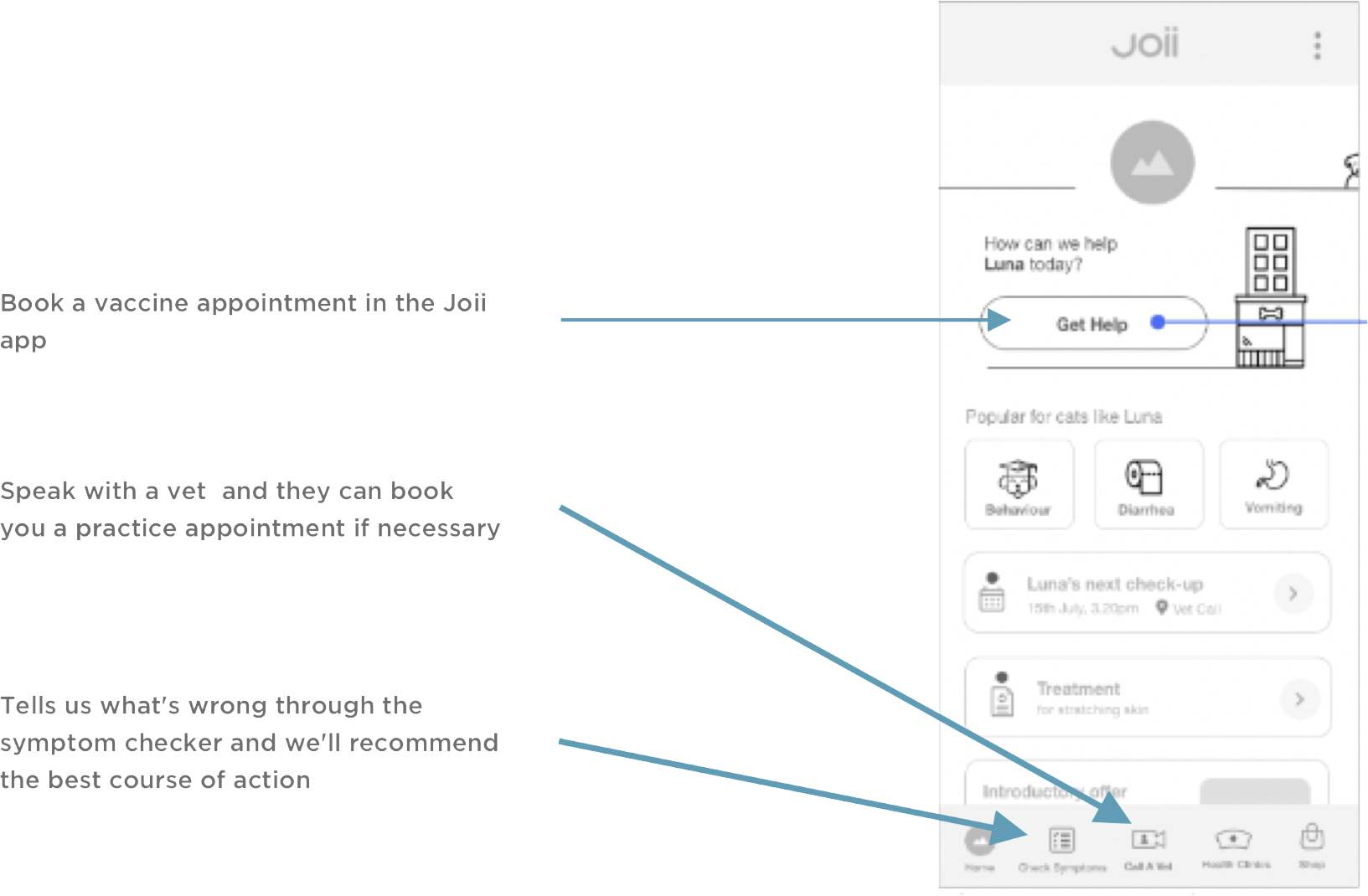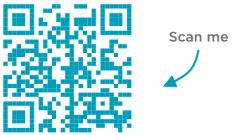Cysts in dogs are common. These lumps are not tumours but often grow. They are mostly seen in dogs older than 5 years of age, but any age or breed can be affected.
Cysts are hollow, non-cancerous growths that can appear under the skin and often contain a thick grey or yellowish discharge. Do not attempt to pop or squeeze a cyst. This can cause more irritation and infection, leading to more discomfort for your dog. Talk to a vet for advice if your dog develops a new lump.
Overview
What is a cyst?
Cysts are hollow pockets on the skin that contain liquid or hardened discharge.
The discharge may be made up of natural body secretions like sebum (the oily waxy substance secreted by the sebaceous glands or sweat) or dead cells, keratin and hair.
They can typically be found on the sides of the body, on the back near the tail, and on the legs.
There are several types of cysts, including:
- hair follicular cysts
- sebaceous cysts
In most cases, the cause of cysts is unknown. But skin injury, infection, chronic inflammation from allergies and other skin conditions may result in a blockage and lead to a cyst forming.
Symptoms
Symptoms of cysts in dogs
You might notice some or all of the following in your dog:
- One single or multiple growths
- Scabbing/crusting on the surface of the skin
- Red skin or swelling around the cyst
- Thick grey or yellow discharge
- In some cases, scratching or biting at the area
Risk
Dogs at risk of cysts
- Hairless breeds like Chinese Crested are more prone to cysts.
- Dogs that suffer from skin diseases and continuous injury to the skin can be prone to cysts.
- Dogs with endocrine diseases such as Cushing’s disease can also be prone to follicular cysts called comedones.
Diagnosis
How are cysts diagnosed in dogs?
Your vet will examine the growth and check for size, shape and consistency.
To help rule out any other conditions, such as abscesses, infectious diseases, tumours and autoimmune diseases, your vet may recommend the following:
- Fine Needle Aspiration (FNA) test for cytology: a small needle is used to collect a sample of the lump.
- Surgical removal and biopsy: a bigger chunk of the lump is collected during surgery.
Vet treatment
Vet treatment for cysts in dogs
In general, cysts only require treatment if they are bothering your dog.
Your vet might recommend one or more of the following, based on your dog’s specific needs:
- Home monitoring: for cysts that do not cause discomfort and have not ruptured.
- Topical antiseptics: wipes, liquids or gels.
- Topical antibiotics: an ointment or cream may be recommended for minor irritations or small ruptured cysts.
- Oral antibiotics: tablets or liquids by mouth may be prescribed in the case of larger ruptured cysts or before surgical removal if necessary.
- Surgical removal: may be recommended for large cysts, cysts that have ruptured repeatedly, or cysts that are causing your dog discomfort. Unfortunately, surgery only removes the existing cyst and does not prevent future cysts from forming.
Home treatment
Home care for cysts in dogs
After confirmation from your vet that the growth is a cyst:
- Monitor the lump every couple of weeks or more often if it’s causing discomfort to your dog.
- If your dog is itchy or trying to bite it, use a buster collar to prevent further damage.
- If the lump looks like it is oozing, you can clean it with saline (1 teaspoon salt in 500 ml of cooled, boiled water). This can be done 2-3 times daily for the first few days.
- If the itching or the oozing does not improve in 24 hours, contact a vet.
Prevention
How to prevent cysts in dogs from getting infected or worsen
- There is no way to prevent cysts from appearing. But we can indeed prevent further infection and further damage. Follow the home care tips to prevent further damage.
- Cysts can easily be mistaken for more nasty growths, such as tumours. Always have your vet confirm that the growth is a cyst.
When to worry
When do you need to call a vet if your dog has a cyst?
If your dog shows any of the following signs, call your vet:
- Excessive biting or licking at the area
- Red or swollen skin around the cyst
- Bad smell
- Change in the discharge from the cyst
Call us at Joii if:
- Your dog is licking the cyst
- Your dog is oozing or bleeding from the cyst
- You need advice on antiseptic products and how to help your dog’s signs
- You’re unable to give or apply the medication prescribed by your vet








